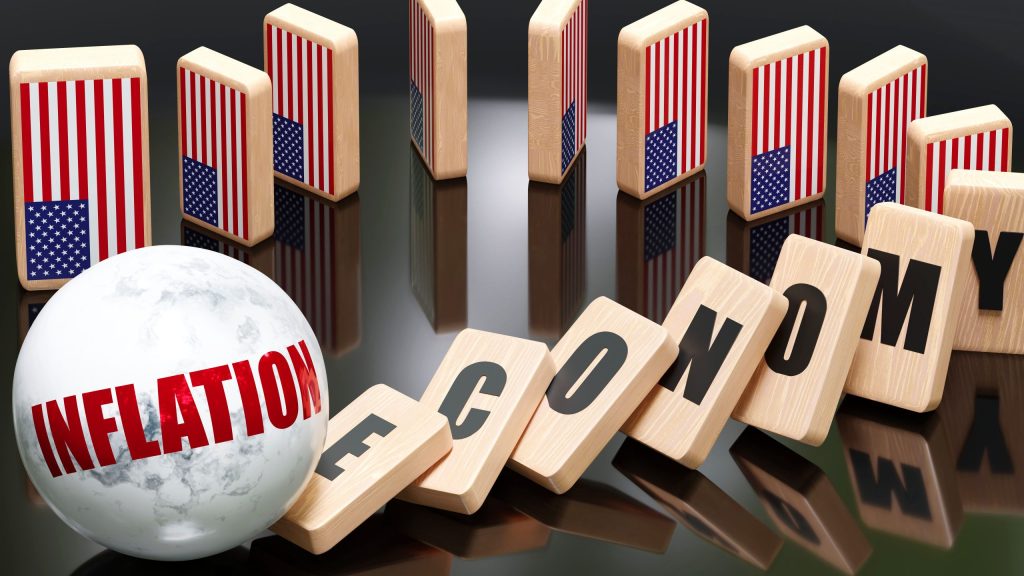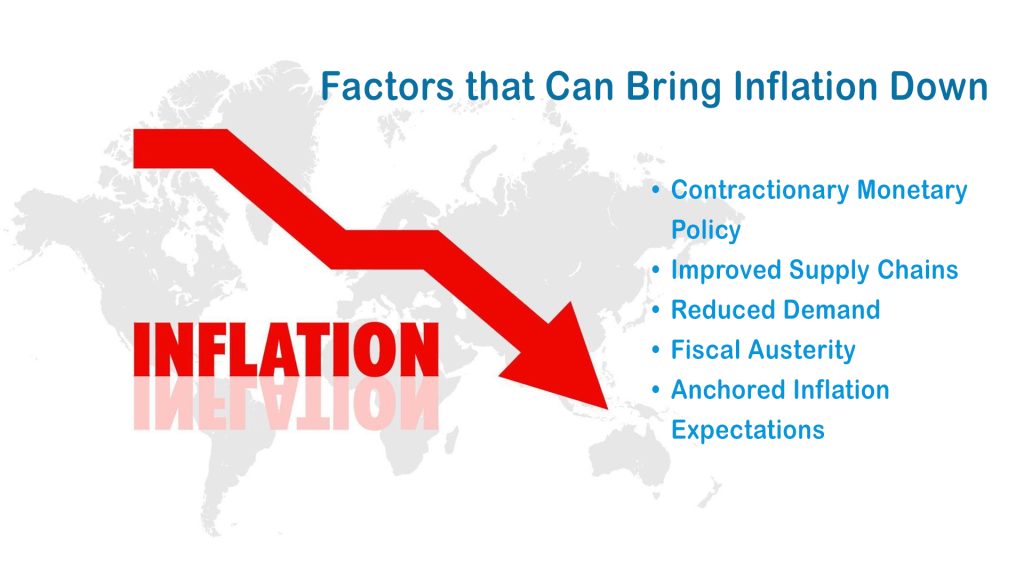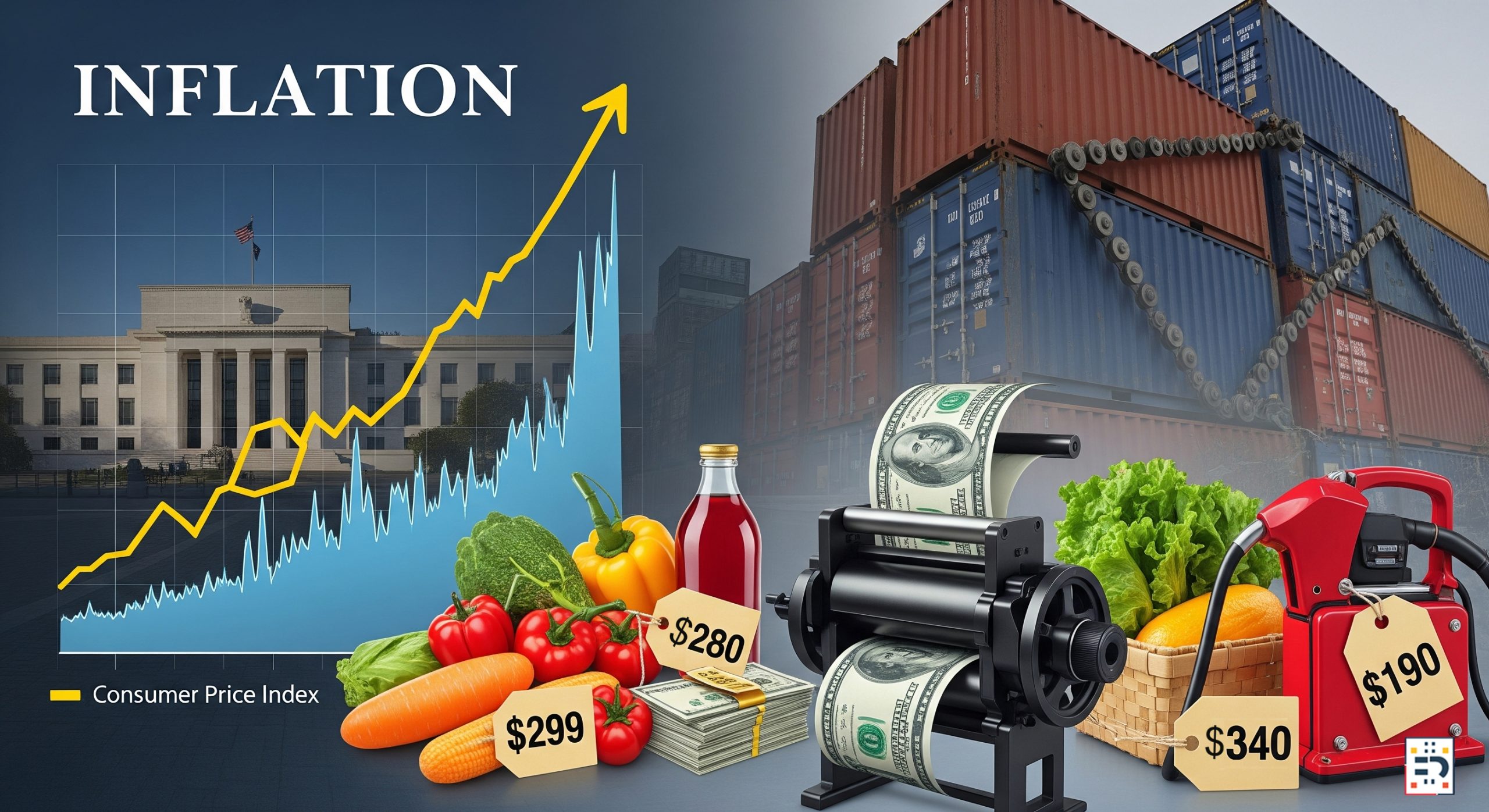Inflation has been a persistent concern for American households and businesses over the past few years, reaching levels not seen in decades. While the Consumer Price Index (CPI) has shown signs of cooling from its 2022 peak, the burning question remains: will inflation ever truly return to the low, stable levels Americans grew accustomed to, particularly the Federal Reserve’s cherished 2% target? The answer is complex, involving a delicate interplay of economic forces, monetary policy, and global events.
The Current Landscape: A Moderating but Sticky Picture
As of June 2025, the headline inflation rate in the US stands at approximately 2.7%, with core inflation (excluding volatile food and energy prices) at 2.9%. This represents a significant moderation from the 9.1% peak in June 2022. However, it’s crucial to understand that a decreasing inflation rate doesn’t mean prices are falling; it means they are rising at a slower pace. Deflation, where prices actually decline, is a rare occurrence in modern economies.
While the current figures show progress, the journey back to the Federal Reserve’s 2% target has proven more challenging than initially anticipated. Shelter costs and auto insurance, for instance, have remained stubbornly high, contributing to the stickiness of inflation.

Key Factors Driving and Damping Inflation
Several factors contribute to inflationary pressures and, conversely, to its potential decline:
Factors that Drive Inflation:
- Demand-Pull Inflation: Occurs when aggregate demand for goods and services outstrips the economy’s capacity to produce them. Post-COVID stimulus packages, which injected significant cash into households, contributed to this by fueling consumer spending. You can learn more about demand-pull inflation on Wikipedia.
- Cost-Push Inflation: Arises from increased costs of production inputs like raw materials, energy, and wages. Global supply chain disruptions, such as semiconductor shortages, and geopolitical events (e.g., the Russia-Ukraine war impacting energy and food prices) can trigger this. For a deeper dive, explore cost-push inflation on Wikipedia.
- Monetary Expansion: An increase in the money supply, often driven by central bank policies like quantitative easing or low interest rates, can inject liquidity into the economy and fuel inflation.
- Fiscal Policy: Expansive government spending and deficits can stimulate demand without a corresponding increase in supply, leading to inflationary pressures.
- Inflation Expectations: If consumers and businesses anticipate higher inflation, they may demand higher wages or raise prices preemptively, creating a self-fulfilling prophecy or a “wage-price spiral.”
- Tariffs: Recently imposed tariffs on imports can increase the cost of goods for consumers, contributing to inflation, as highlighted in recent economic reports.
Factors that Can Bring Inflation Down:
- Contractionary Monetary Policy: The primary tool of central banks like the Federal Reserve. Raising interest rates (like the federal funds rate) reduces the money supply, makes borrowing more expensive, and cools demand. The Fed’s aggressive rate hikes between March 2022 and July 2023 played a significant role in bringing inflation down from its peak, as detailed by the San Francisco Fed.
- Improved Supply Chains: As global supply chains recover and bottlenecks ease, the cost of raw materials and goods can stabilize or even decrease.
- Reduced Demand: A slowdown in consumer and business spending, potentially due to higher interest rates or economic uncertainty, can alleviate demand-pull inflationary pressures.
- Fiscal Austerity: Reduced government spending or increased taxes can help cool an overheated economy by decreasing aggregate demand.
- Anchored Inflation Expectations: If the public believes the central bank is committed to its inflation target and will take necessary actions, it can help prevent inflation expectations from becoming entrenched, thereby dampening actual price increases.

The Federal Reserve’s Role and the 2% Target
The Federal Reserve has a dual mandate: to achieve maximum employment and stable prices. Since 2012, its explicit inflation target has been 2%, as measured by the Personal Consumption Expenditures (PCE) Price Index. The Fed uses various monetary policy tools, primarily adjusting the federal funds rate through open market operations, to influence interest rates and the money supply to achieve this target.
The Fed’s recent strategy has involved holding interest rates steady to allow past rate hikes to fully impact the economy while closely monitoring economic data, particularly labor market health and inflation readings. They aim for an anti-inflationary measure aggressive enough to slow the economy without triggering a recession, a balancing act the U.S. Bank has recently commented on.
Expert Predictions: A “New Normal” Above 2%?
While inflation has moderated, many experts believe a consistent return to the sub-2% range may be unlikely in the immediate future. Some projections suggest that CPI growth could average around 2.9% in 2025 and even accelerate to 3.2% in 2026, moderating to about 2.3% by 2029, according to Trading Economics data.
The general sentiment leans towards a “new normal” of inflation in the 2.5-3.5% range for several years. This is attributed to several structural shifts in the global economy, including:
- De-globalization and Reshoring: Companies bringing manufacturing back to the US for supply chain resilience can lead to higher production costs.
- Energy Transition: The shift towards renewable energy sources may involve upfront costs that impact overall prices.
- Labor Market Tightness: Persistent labor shortages and rising wages in key sectors can maintain upward pressure on prices. For instance, the Chicago Booth Review discusses how inflation can make the labor market appear “hot” even when real wages are declining.
While occasional dips below 2% are possible, sustained periods at or below the target may be infrequent.

The question of whether inflation will go down in the USA is not a simple yes or no. While significant progress has been made in bringing down the elevated inflation rates seen in recent years, a return to the pre-2020 era of consistently low inflation (below 2%) appears less probable in the near to medium term.
The Federal Reserve remains committed to price stability, and its monetary policy actions will continue to be crucial. However, the confluence of evolving global economic dynamics, ongoing supply chain adjustments, and shifts in labor markets suggests that Americans may need to adapt to a slightly higher, albeit more stable, inflation environment than they have experienced in the past. Businesses and consumers alike will need to prioritize resilience and adaptability in navigating this evolving economic landscape.


